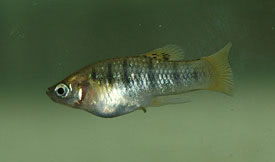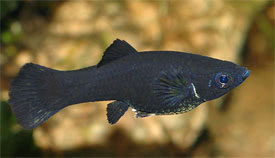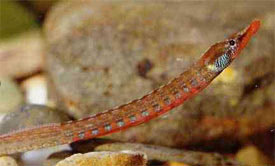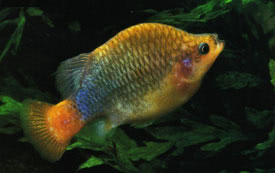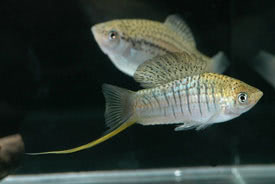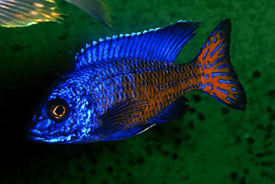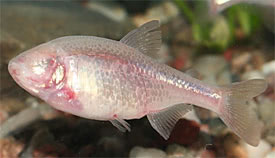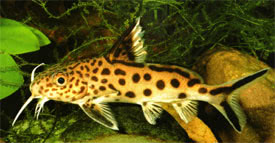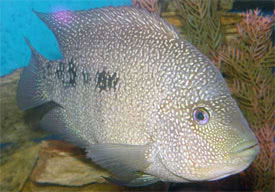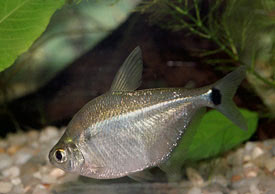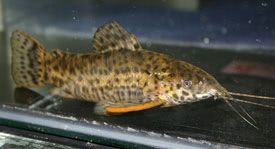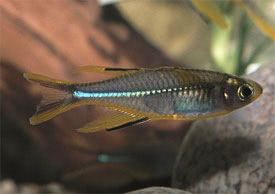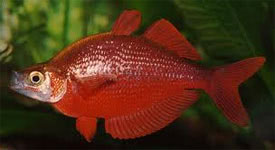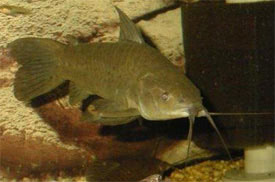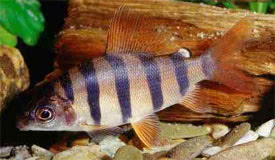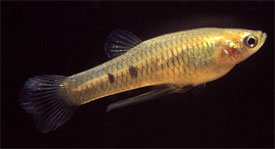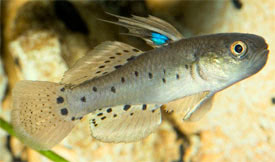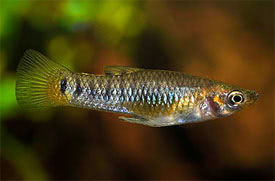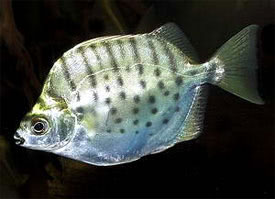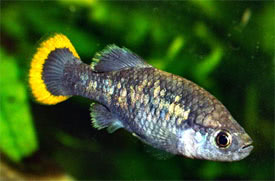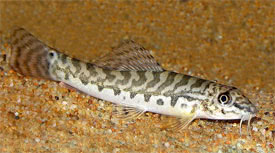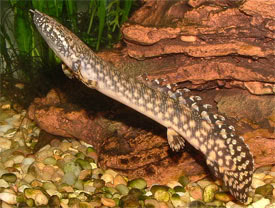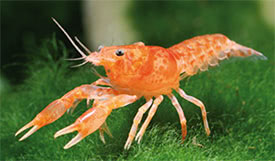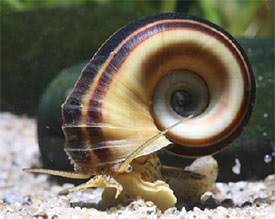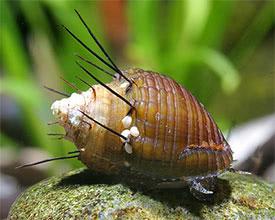
 Magyarul / Hungarian
Magyarul / Hungarian

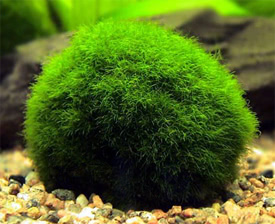
- Scientific name: Cladophora aegagropila
- Synonym: Conferva aegagropila, Cladophora sauteri
- Common name: Japanese Moss Ball, Lake ball
- Family: Cladophoraceae
- Group: Aquarium plants
- Max height: 10 cm (diameter), it can reach 30 cm in diameter
- Distribution: Europe; Island, Russia, England, Sweden, and Japan
- Habitat: In the shallow areas of the lakes.
- Substrate: Rocky
- Placement in aquarium: Middleground to foreground
- Planting density: 1 plant for 25 cm2
- Lighting needs: Medium
- Temperature: 15-27°C
- pH: 6,2-8
- Hardness: 12-30NK°
Description: This plant has become very popular over recent years in the aquarium hobby but sadly many of the local areas that had colonies of these are disappearing. Lake balls have a green velvet-like appearance. They are actually a form of green algae and the inside of the ball is mainly soil or mud. These plants are non-rooted mosses that are simply placed on the substrate. To produce fresh plants from the mother plant, simply divide the ball into smaller pieces. These will look irregular to start with but over a period of time they will develop into a spherical shape again, you have to be patient with these plants as they are slow growers. It has also been found that the growth rate can be improved by mixing sea water with the lake water. In Japan Lake Akan is the most commonly known lake containing Cladophora balls. Cladophora aegagrophila inhabits the bottom of lakes as flat pillows or floating balls and can be found in shallow water and, depending on the water movement, in water up to 25 m deep. In a gentle stream, the balls roll back and forth and in this way are illuminated equally on all sides. Cladophora aegagrophila can survive very low temperatures; furthermore, it tolerates salt levels of 5-6%. Extremely big and dense algae balls become hollow due to the shortage of light and dying of the thalli inside.





